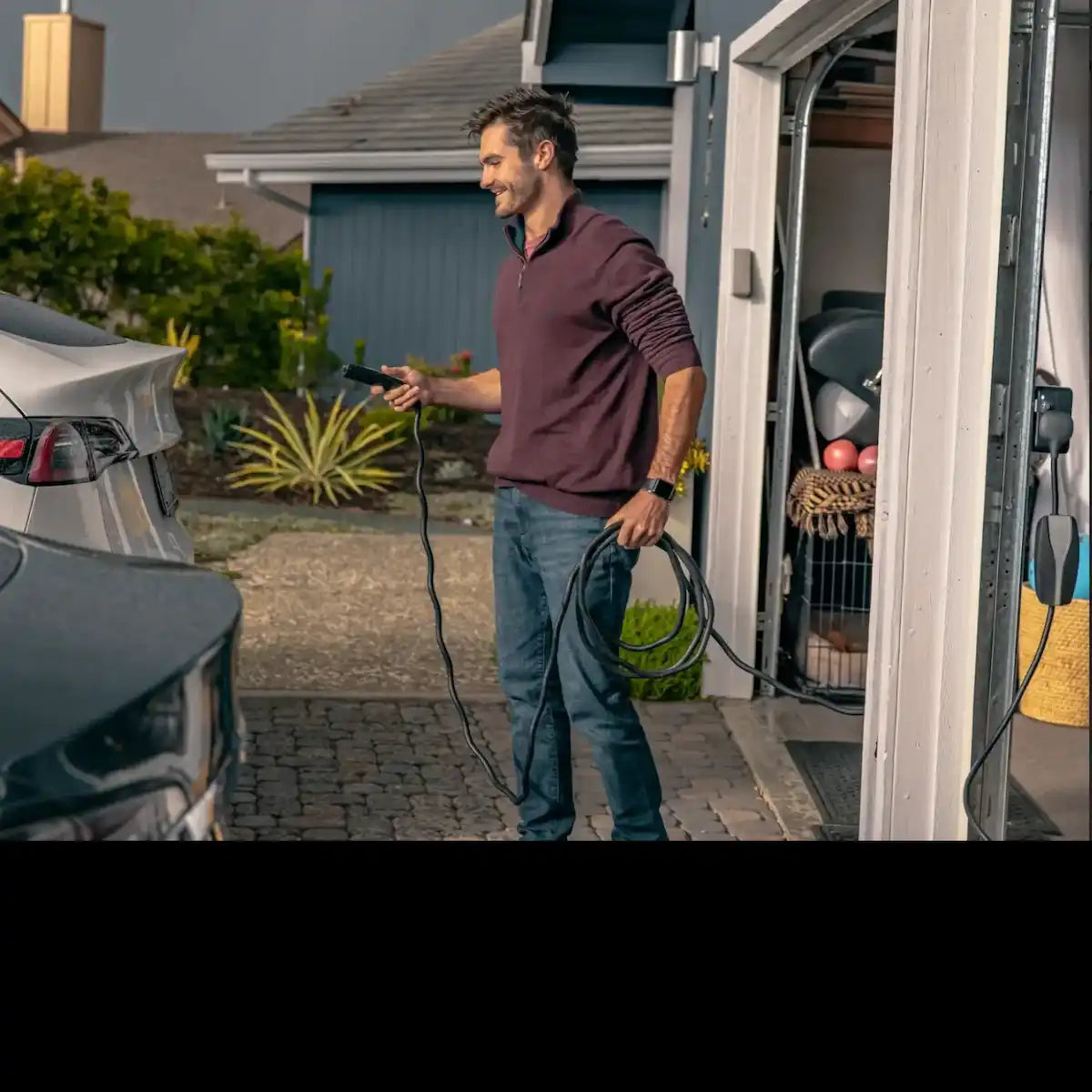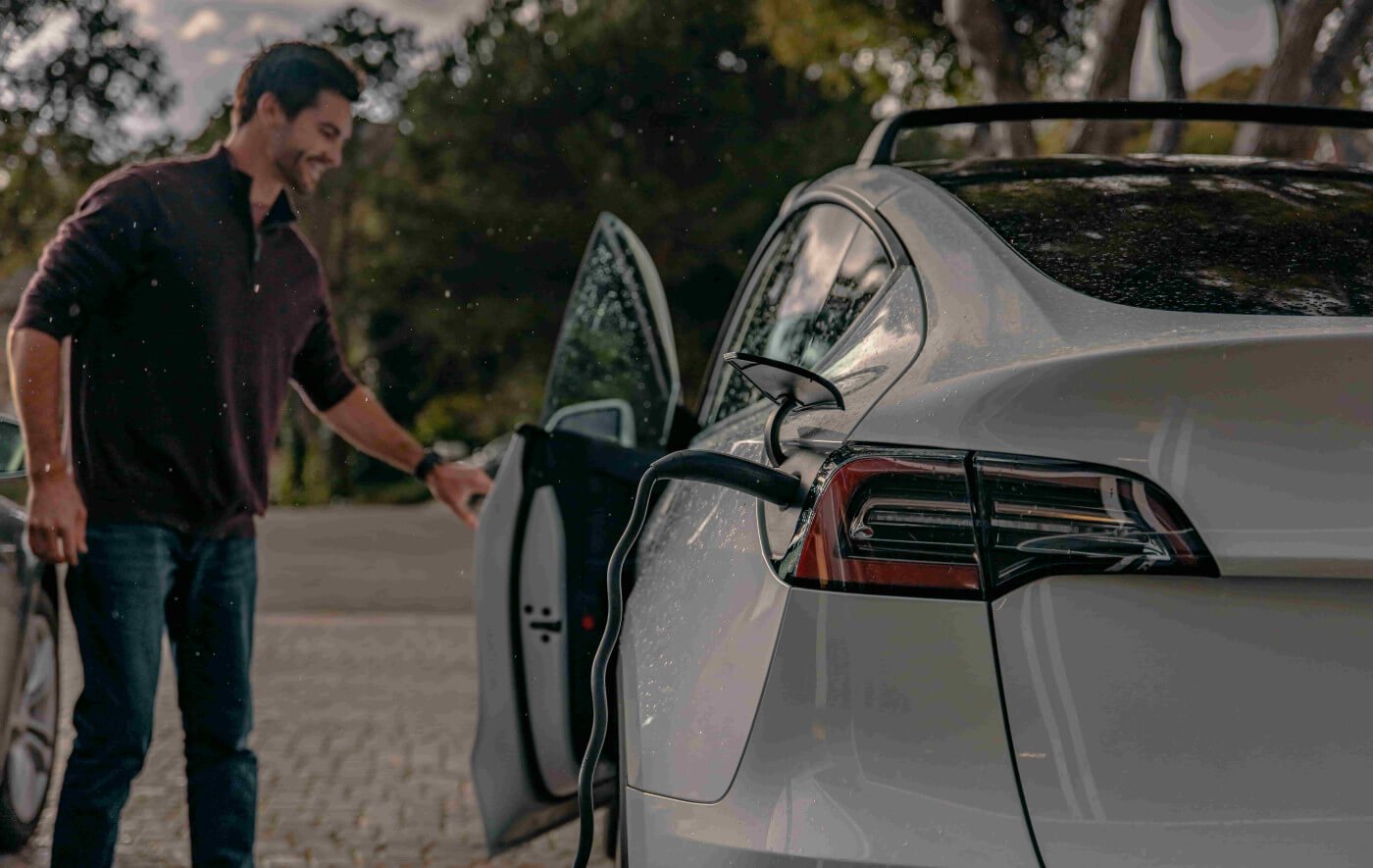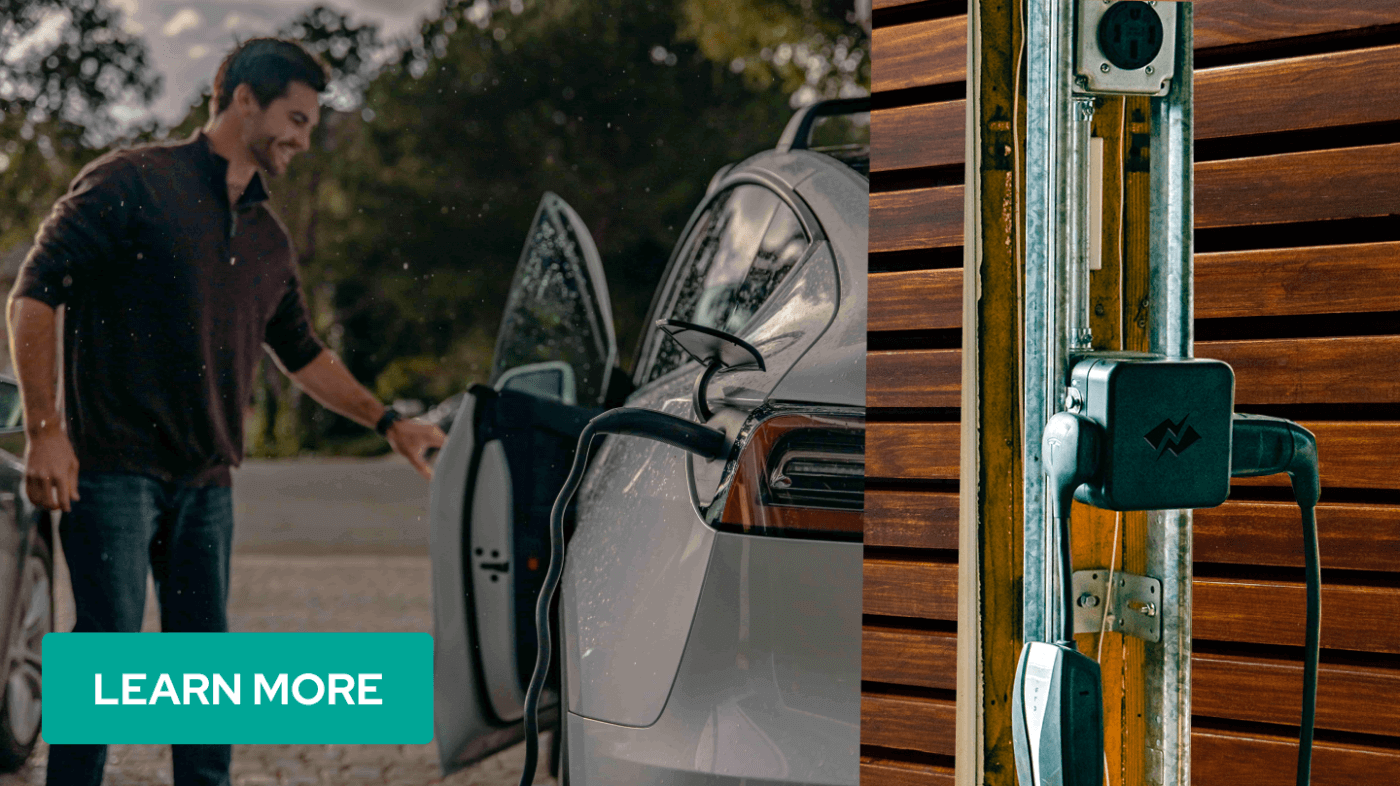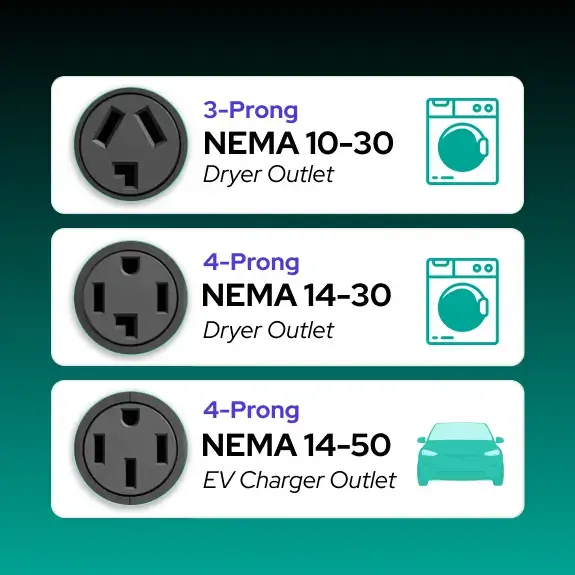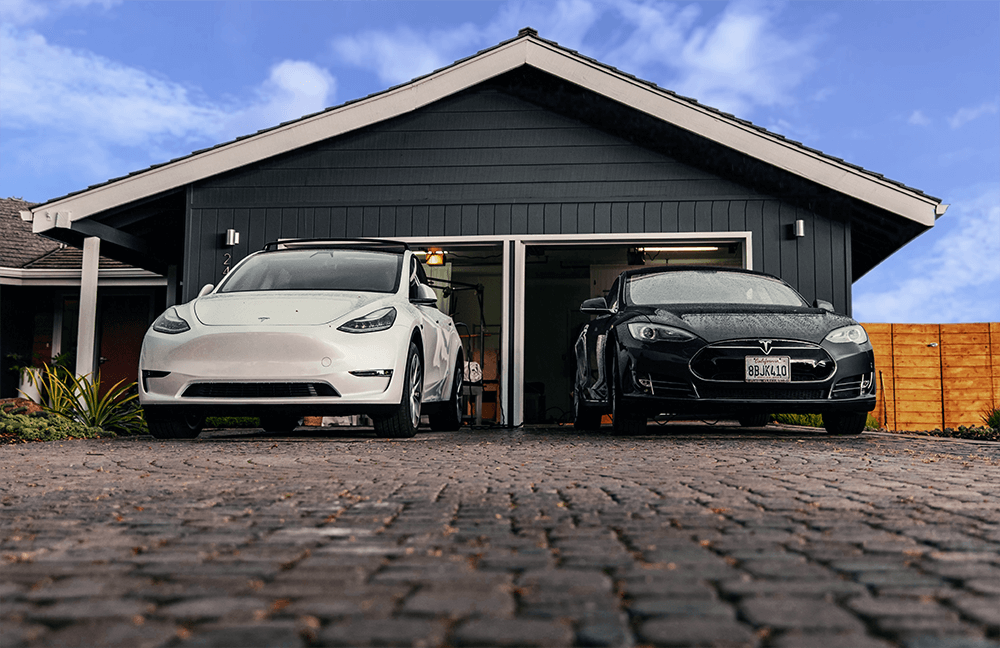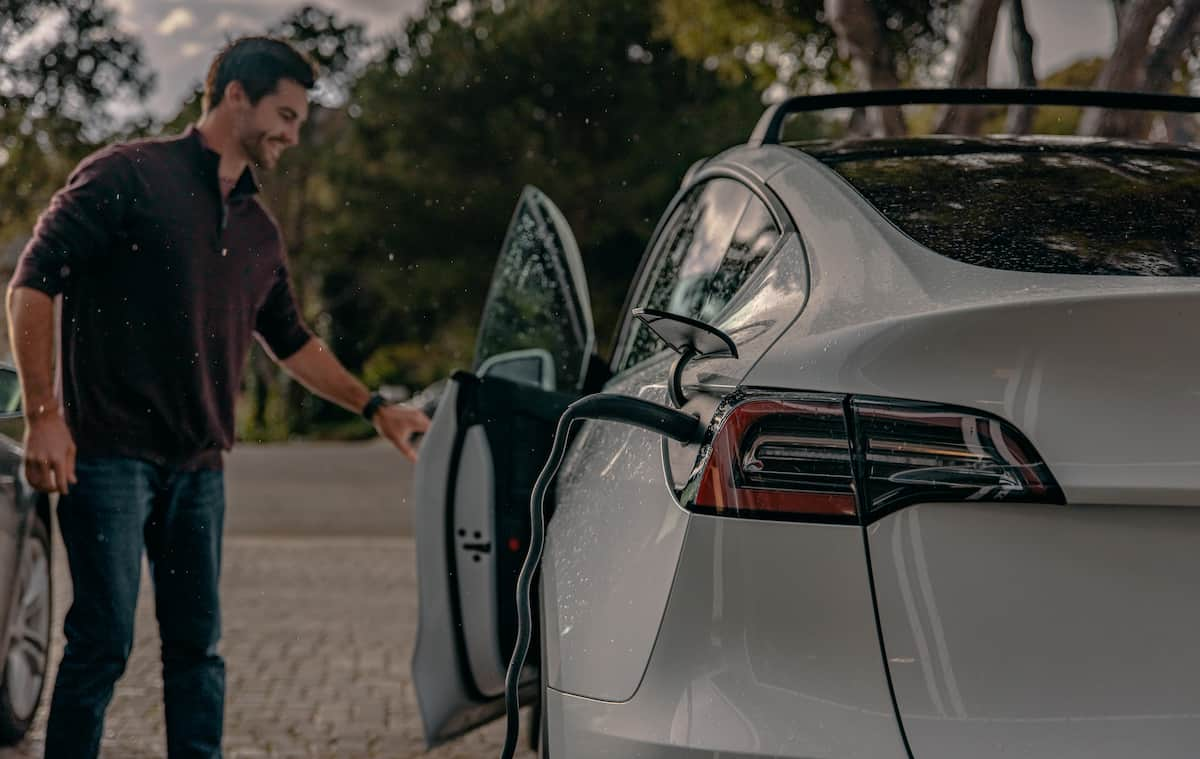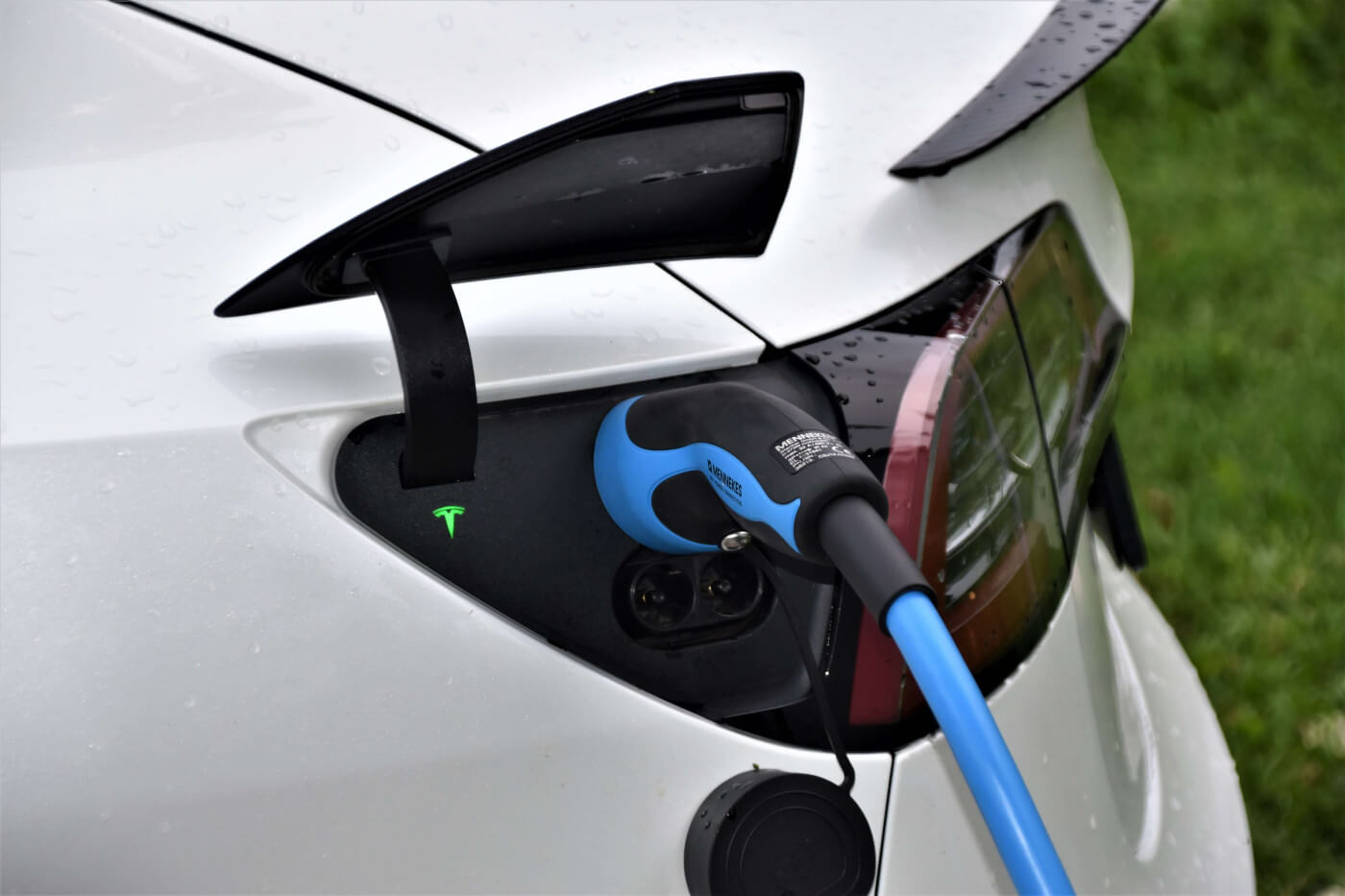The NeoCharge App is now available - sync your EV and utility rate to ensure your car charges at the cheapest times to save $300+/year. Completely free - Try it today!
What to look for in a home EV charging station, the process for EV charger installation, and what steps you need to take to get your home EV charging station set-up
If you just purchased, or are planning to purchase, an electric vehicle (EV), then you will need to arrange for home charging. Per the Department of Energy, over 80% of EV drivers charge at home. This is because charging at home overnight is very practical and is similar to charging your phone. With a home EV charging station, you’ll wake up to a 100% charged battery, ready for the day!
Six steps for EV charger installation at home:
- Identify the 240V Outlet Location
- Purchase the Home EV Charger
- Hire an Electrician or Utilize Existing Infrastructure for the EV Charging Station Installation
- Switch Electric Rate Schedule to Time-of-Use
- Apply to Rebates and Claim Tax Credits
- Share Your Story with Family and Friends
Once done, you’ll be ready to easily charge your electric car!
Step One
Identify the 240V Outlet Location
The first step in planning for your electric car charging station is to identify the location that would make most sense for your 240V outlet to be installed, hopefully close to where you would park your EV overnight. In many cases you could already have an installed 240v outlet currently in use by your electric dryer, learn more about how you can save money on installation costs by sharing that existing dryer outlet with your EV charger.
Ideally, it is best to install the 240V outlet as close to the electrical panel as possible to reduce electric car installation costs. However, given the EV’s port location, you may need to install the outlet in a different location so that the charger plug can reach the port. For reference, most home EV charger cords are around 15 feet.
Your local electrician can be of assistance with this step if you need further support. Visit Qmerit or our partner Treehouse to find the best-priced electrician for you.
Step Two
Purchase the Home EV Charger
There are several different electric car chargers out there. Each contains a number of different features such as smart/Wi-Fi capability, charging schedules, cord length, and power output.
Lucky for you many electric cars nowadays already come with a 240V mobile charger like Tesla's mobile connector which can save you money and provide the charging you need. Using this charger can be very convenient for sharing an existing 240V outlet in your home for EV charging. This could be your 240V dryer outlet or even a 240V EV charger outlet.
In the case your EV doesn't come with a Level 2 charger, no matter what, we always recommend looking for a charger that has a UL listing. This third-party safety certification ensures consumer safety at the highest level. While it may be tempting to purchase one of the many cheap chargers found on Amazon, many of these devices haven't been thoroughly tested and could render defective after a short time. Buyer beware.
It is also important to do a little research to ensure you buy a charger that fits your needs. Some chargers have a lot of bells and whistles, but depending on your needs, you may not want the most sophisticated charger.

In addition to safety, it is recommended to select a 240-volt (V) capable EV home charger. This type of charger, commonly known as a Level 2 charger, can provide around 25 miles of range per hour of charging.
A few chargers we recommend:
- Tesla Mobile Connector
- ClipperCreek's LCS-20, LCS-30, HCS-40, or HCS-50 (depending on what your outlet is rated for)
- Wallbox Pulsar Plus 40A
- JuiceBox 40 Plug in
The cost for a Level 2 charger is typically between $400–$600, however, there is currently the Federal Alternative Fuel Infrastructure Tax Credit for 30% of the total installation cost or $1,000, whichever is less. Therefore, considering the tax credit, the cost of these chargers will usually fall between $280–$420.
Step Three
Hire an Electrician or Utilize Existing Infrastructure for the EV Charging Station Installation
The next step is to evaluate if an electrician is needed. If there is an existing 240V outlet nearby your parking area, you are in luck and do not need to hire an electrician. The 240V Smart Splitter simply acts as an intelligent 240V power strip that plugs into any existing 240V outlet in the home and allows for easy power-sharing with two appliances, an appliance and an EV, or even two EVs.
The Smart Splitter intelligently switches power to the device in need, whether that is your home EV charger, electric dryer, or electric welder. Simply put, because of the Smart Splitter, there is no need for an electrician, a new circuit, outlet, circuit breaker, or even expensive electric panel upgrades. You can save hundreds of dollars and sometimes thousands on your home EV charging station installation cost!
If there is no existing infrastructure, then you will need to hire an electrician. Like any home project, is it highly recommended to receive at least three proposals before selecting a contractor to ensure you receive the best price.
In addition, it could be helpful to hire an electrician who has experience with electric car charger installations. Furthermore, it could be a good idea to not disclose which EV you have as there have been a number of homeowners who have received higher prices due to what’s being called a “Tesla Tax." Instead, simply show them the charger you purchased and ask for the corresponding 240V outlet. There are many different types of 240V outlets, therefore, it is required to use the specific outlet that the charger you purchased is compatible with. In most cases, you will need a NEMA 14-50 outlet (see image above).

One of our favorite electricians is Treehouse. They're experts when it comes to EV charging, and in addition to working with you to find the lowest cost charging set up, they'll help you identify applicable rebates and recommend a charger specific to your EV's needs. You can get an instant estimate from them on their website
So, how much does it cost to install an EV charger? Costs can vary widely depending on a number of factors such as the distance from the electrical panel from the garage, market rates, conduit need, number of wall penetrations, amperage of circuit breakers, need for electrical panel upgrades, and type of EV charger.
Roughly, a Level 2 charger installation will cost around $800 to $4,000. Fortunately, you can reduce that number by hundreds of dollars by utilizing the 240V NeoCharge Smart Splitter . With the Smart Splitter, you can utilize existing electrical wiring and outlets, which can greatly cut costs.
Step Four
Switch Electric Rate Schedule to Time-of-Use
One of the many perks of owning and driving an EV is that they are cheaper than gas powered cars. EV drivers are able to save on “fueling” costs because they almost always charge at home where electricity is much cheaper than gas at a gas station.
One way to save additional money is to sign up for Time of Use (TOU) rates with the electric utility company. Most utility companies offer TOU rate schedules to customers as a way to decrease energy usage during peak hours.
TOU typically have two different rates, one for off-peak and one for peak. Off-peak hours are generally during the morning, early afternoon, and overnight. During off-peak hours, electricity rates are lower.

Peak hours are generally during the afternoon and early evening. This is when the grid is used the most. In an effort to dissuade people from over-utilizing the grid, rates during peak hours are more expensive. Fortunately for EVs, most charging can occur overnight. Thanks to TOU, EVs are able to take advantage of less expensive electricity rates. Ask your electric utility company to change your rate schedule to TOU once you get your first electric car.
Step Five
Apply for Rebates and Claim Tax Credits
In addition to the many available rebates and tax credits for the purchase of an EV, there are also several programs for home charging stations. Depending on your location, there could be rebates to cover some or all of the cost to get a home charging station installed.
Plus, as previously mentioned, there is a federal tax credit for 30% or $1,000, whichever is less. This tax credit can be claimed during the following year during tax season. Currently, the tax credit is set to expire by the end of 2021. Be sure to check with your tax professional to ensure you can claim the tax credit.
Step Six
Share Your Story with Family and Friends
Finally, once your home EV charger is installed, it’s time to share your EV story with friends and family! There are already thousands of EV drivers with many more prospective buyers. With your experience, they too can join the clean transportation movement.
As you may have experienced, charging is a big barrier to making the switch to an electric car. People across the internet have uncertainties when it comes to how they will charge the car. Sharing your personal experience can help pave the way for more EV drivers, and more confidence in charging at home.


